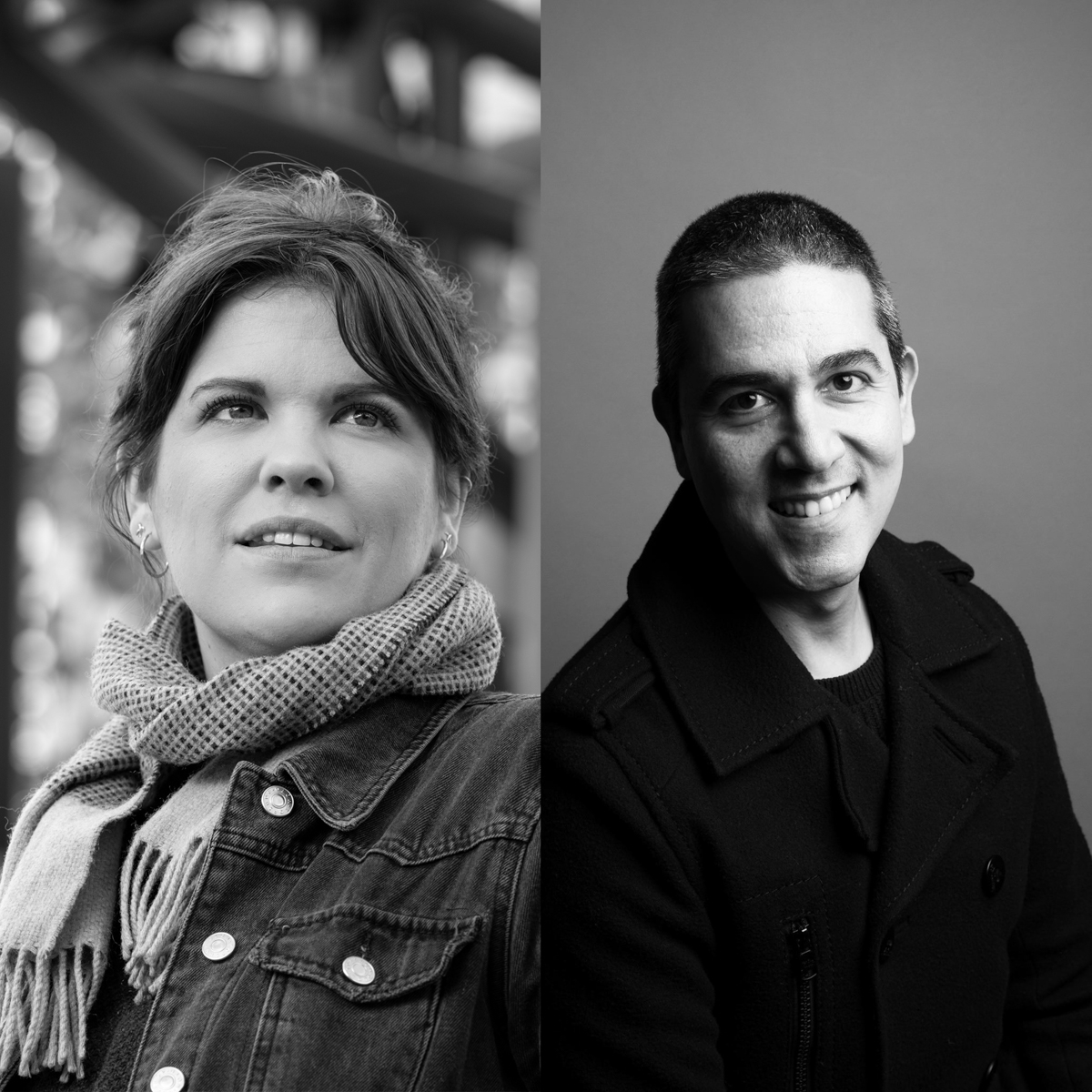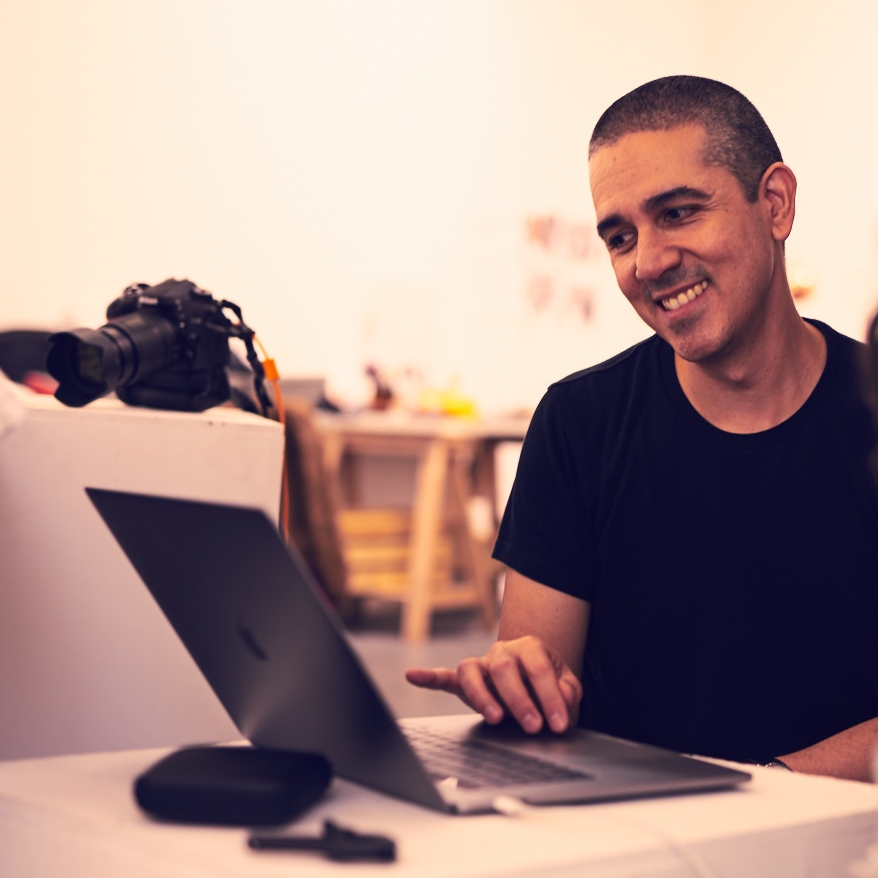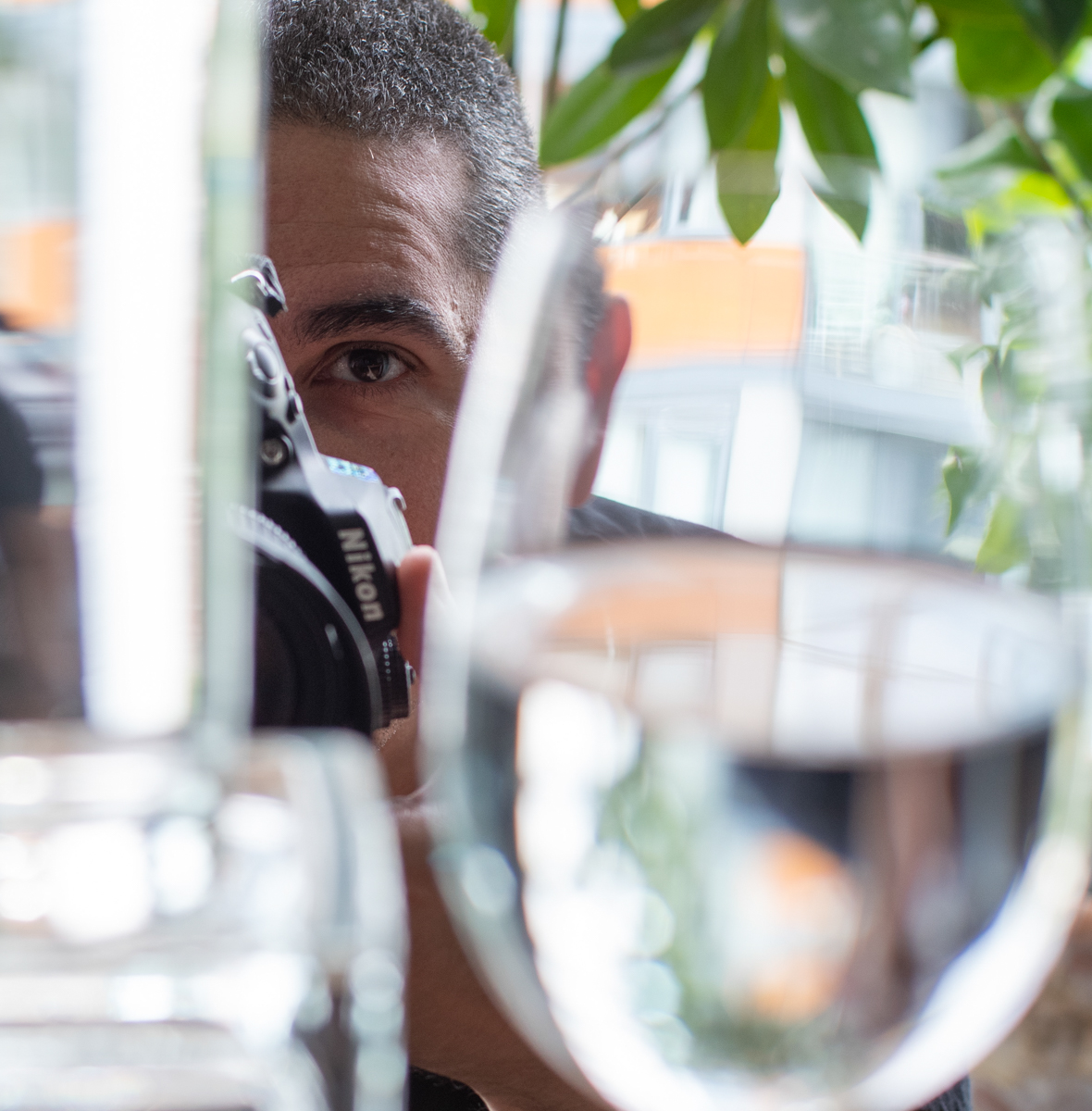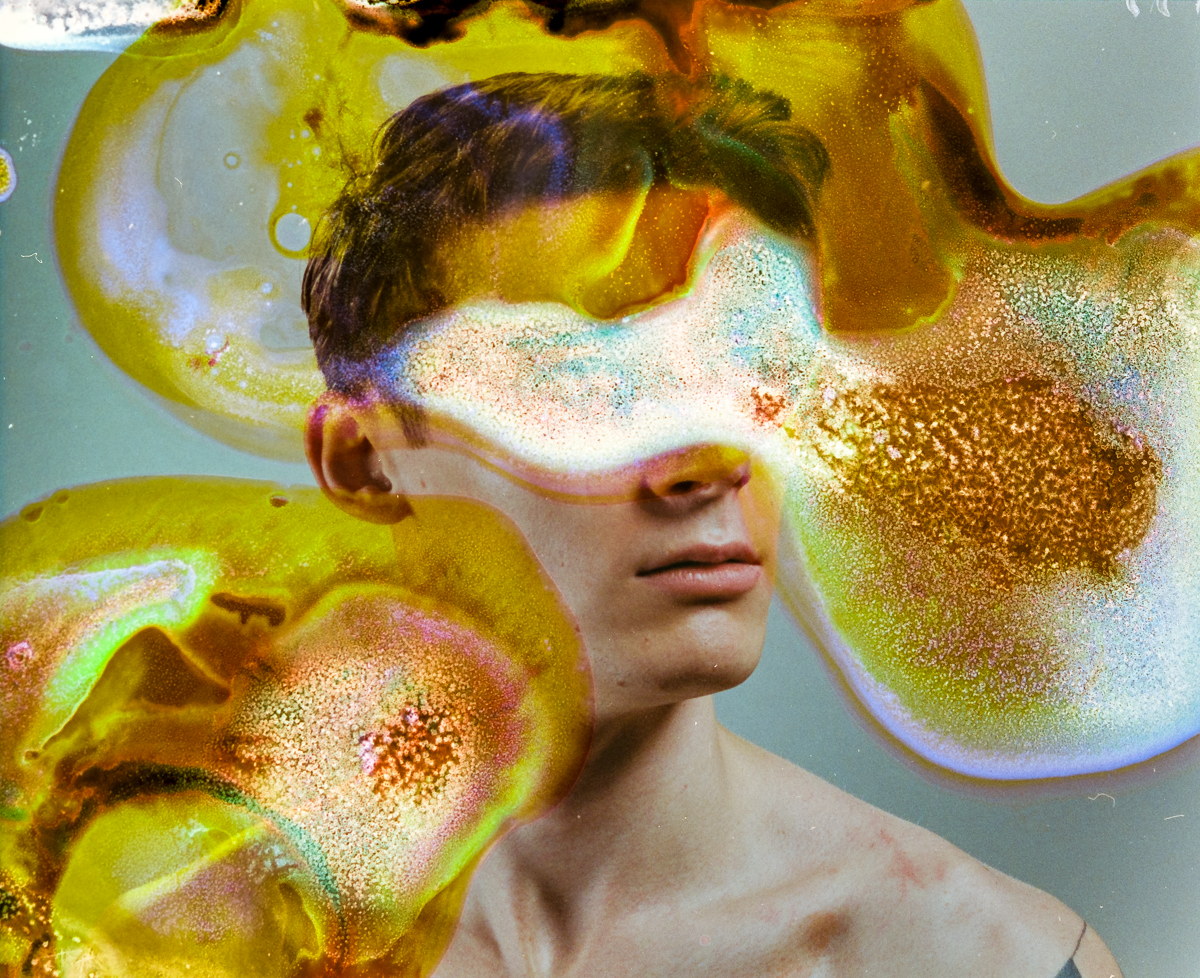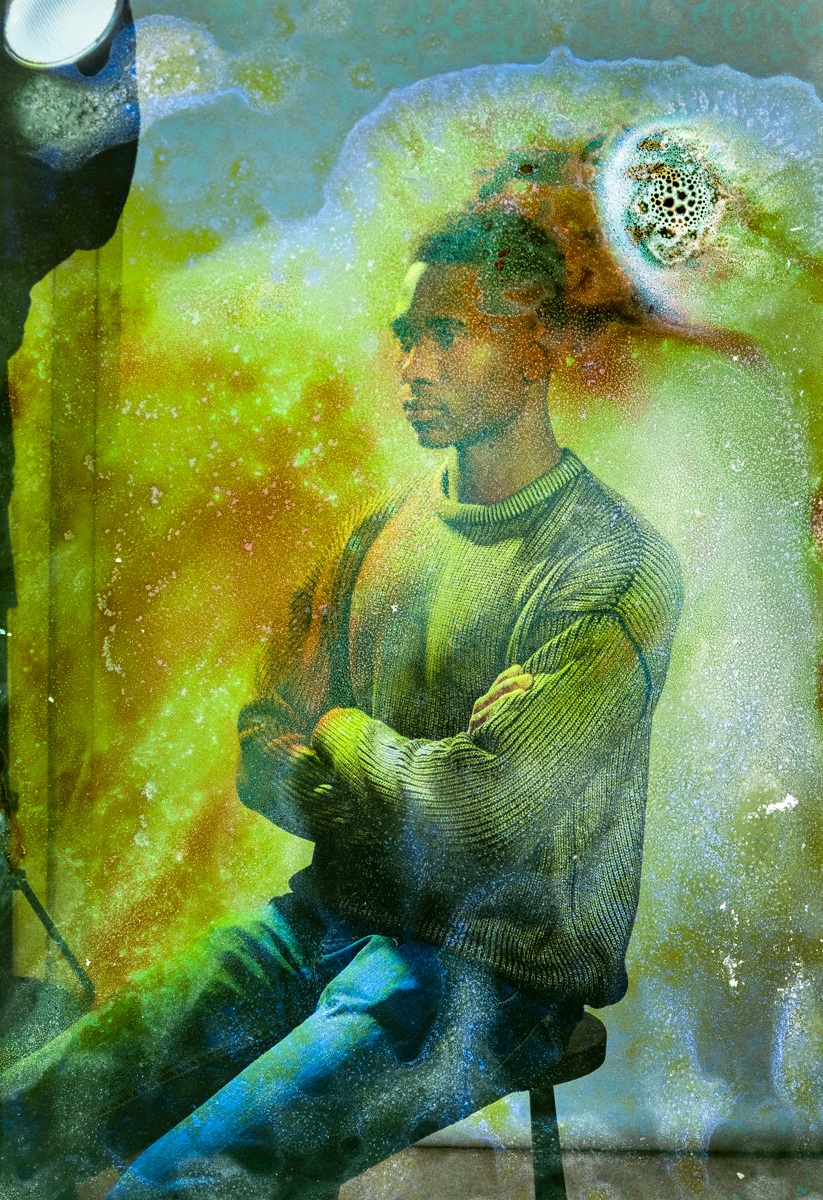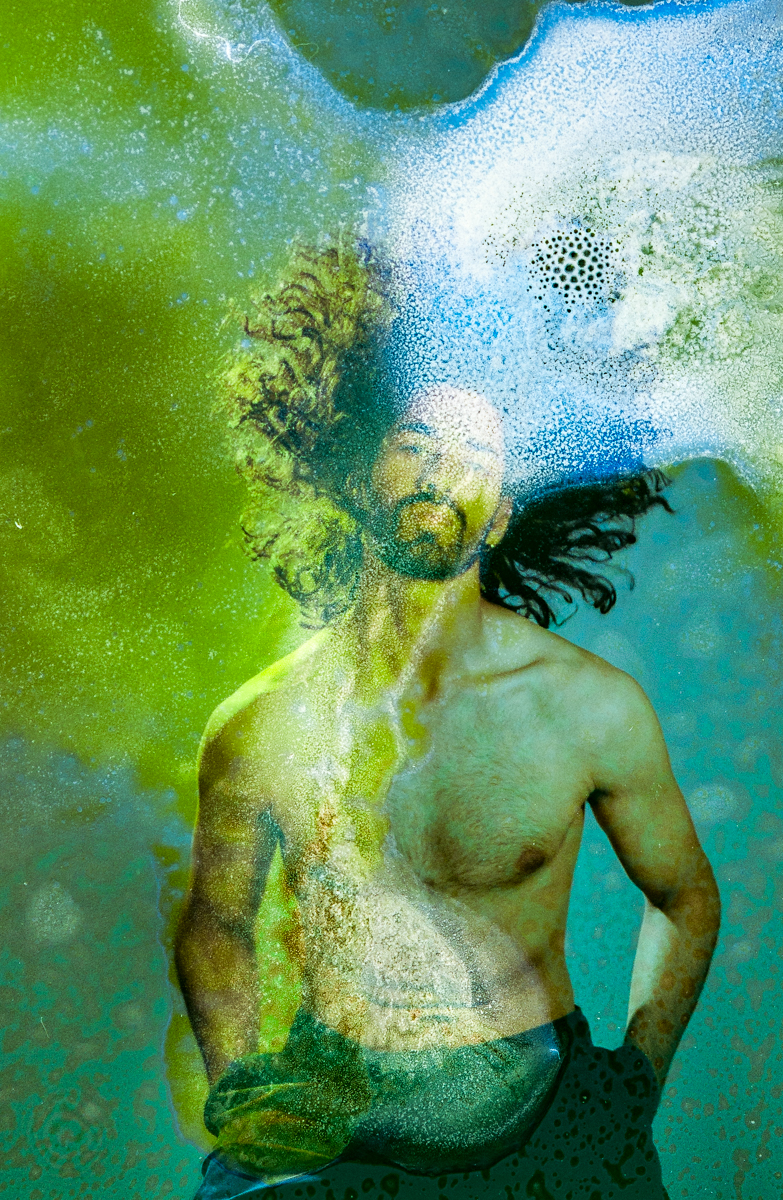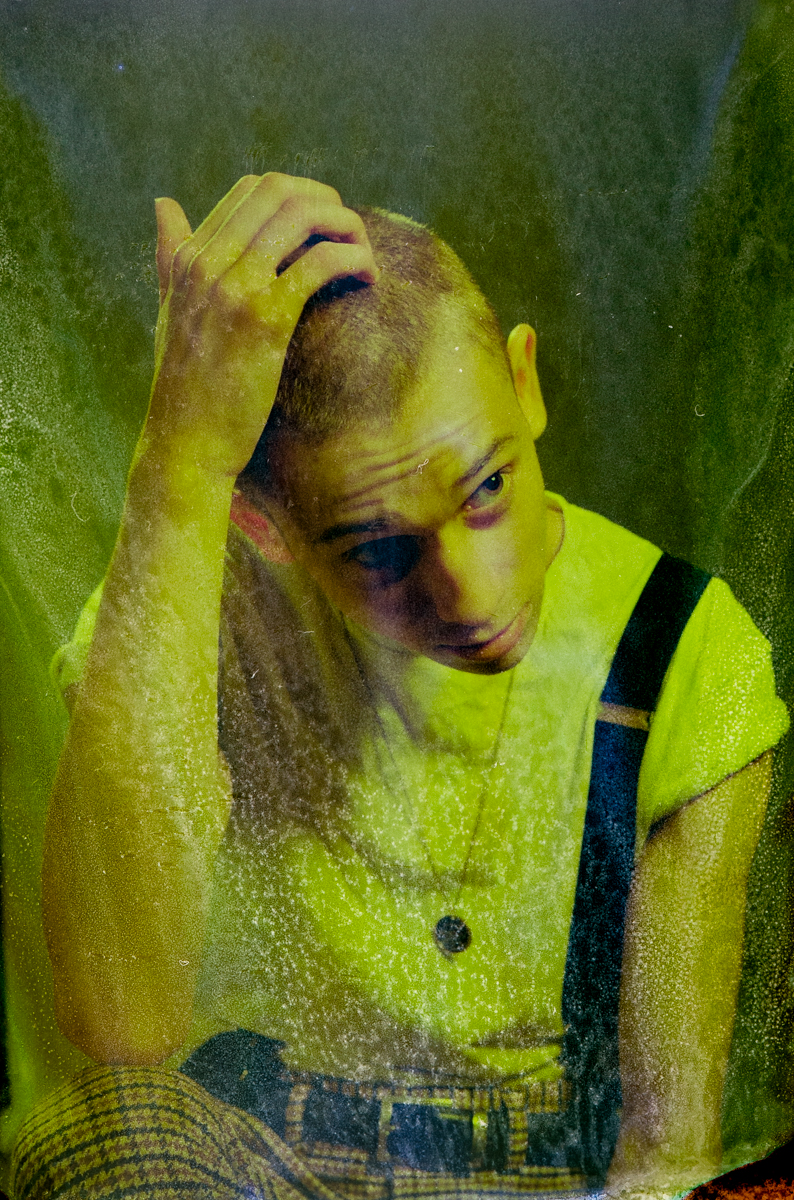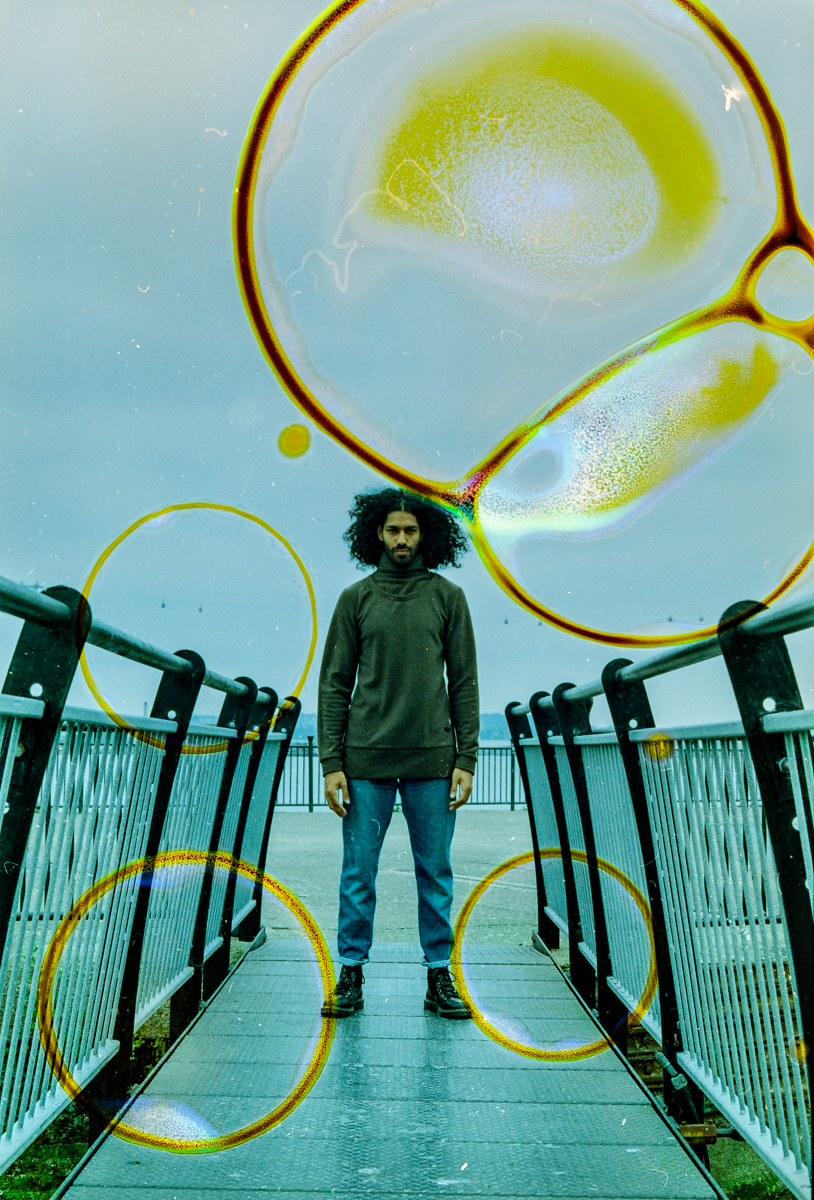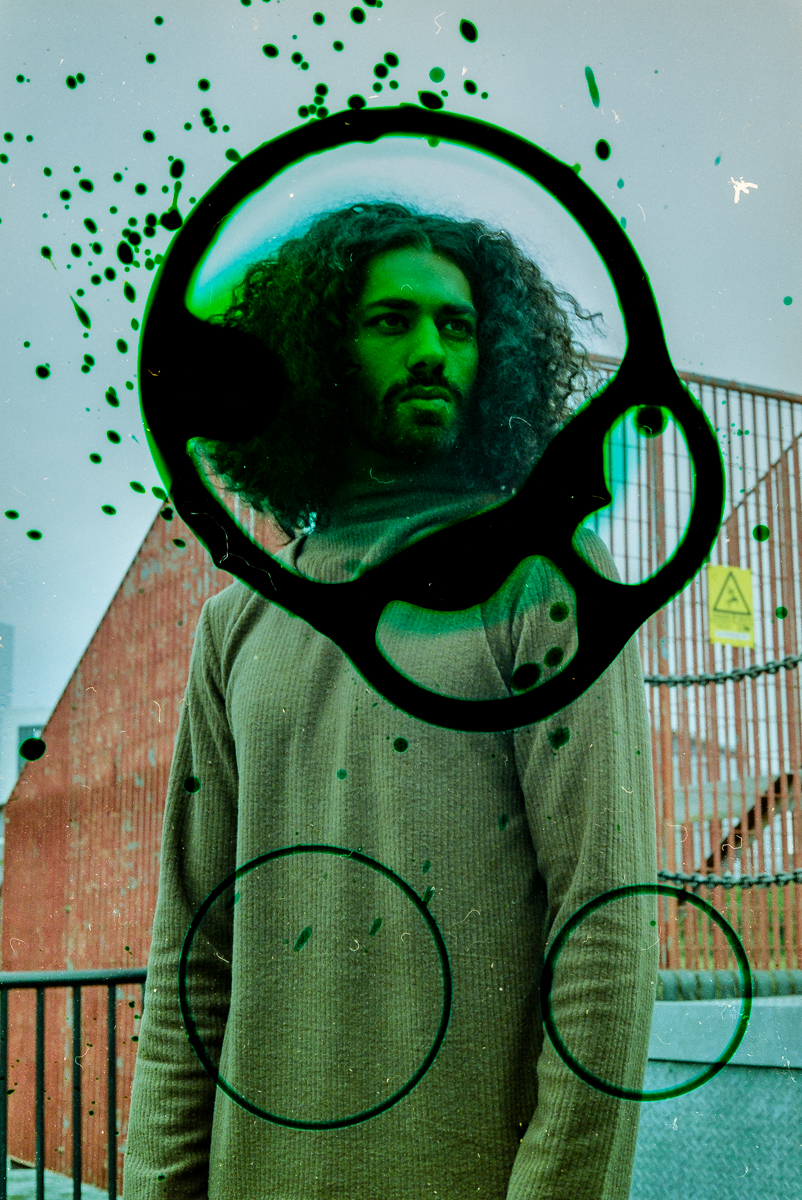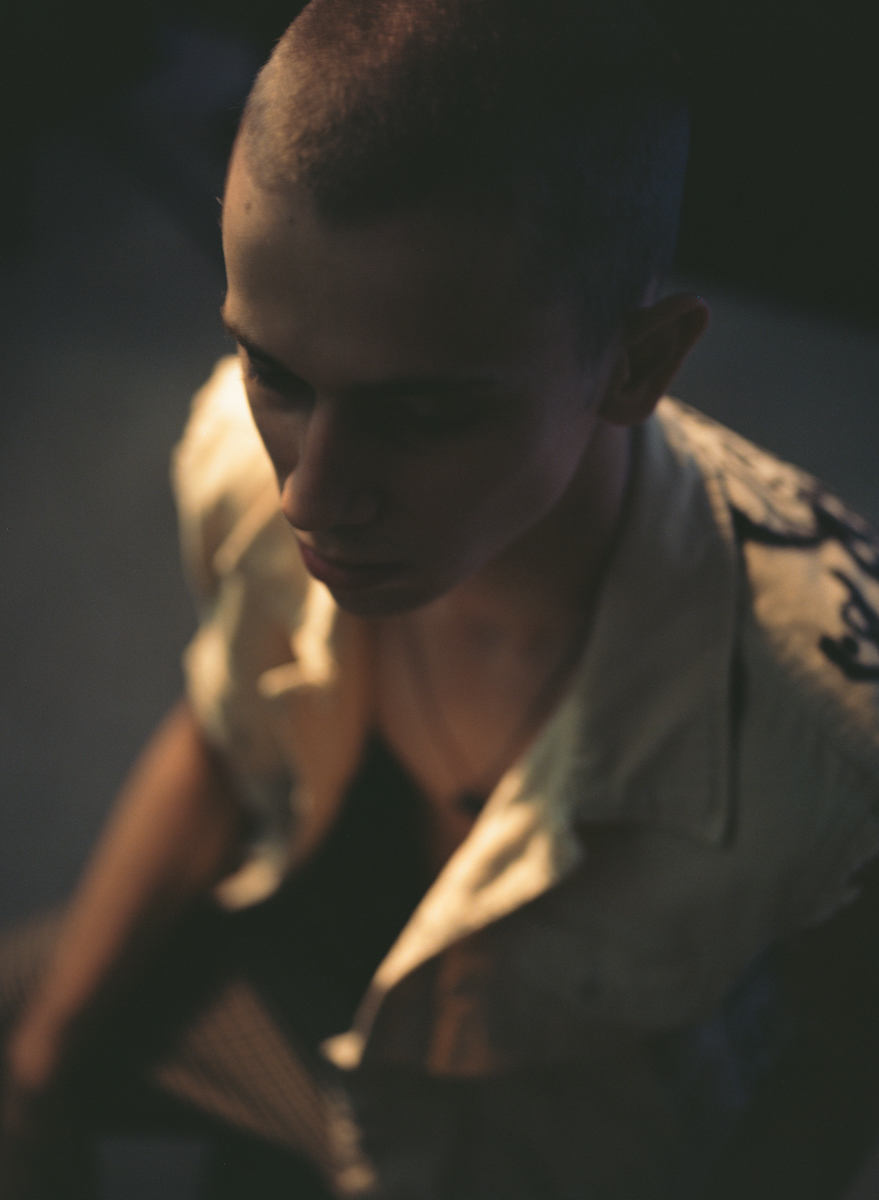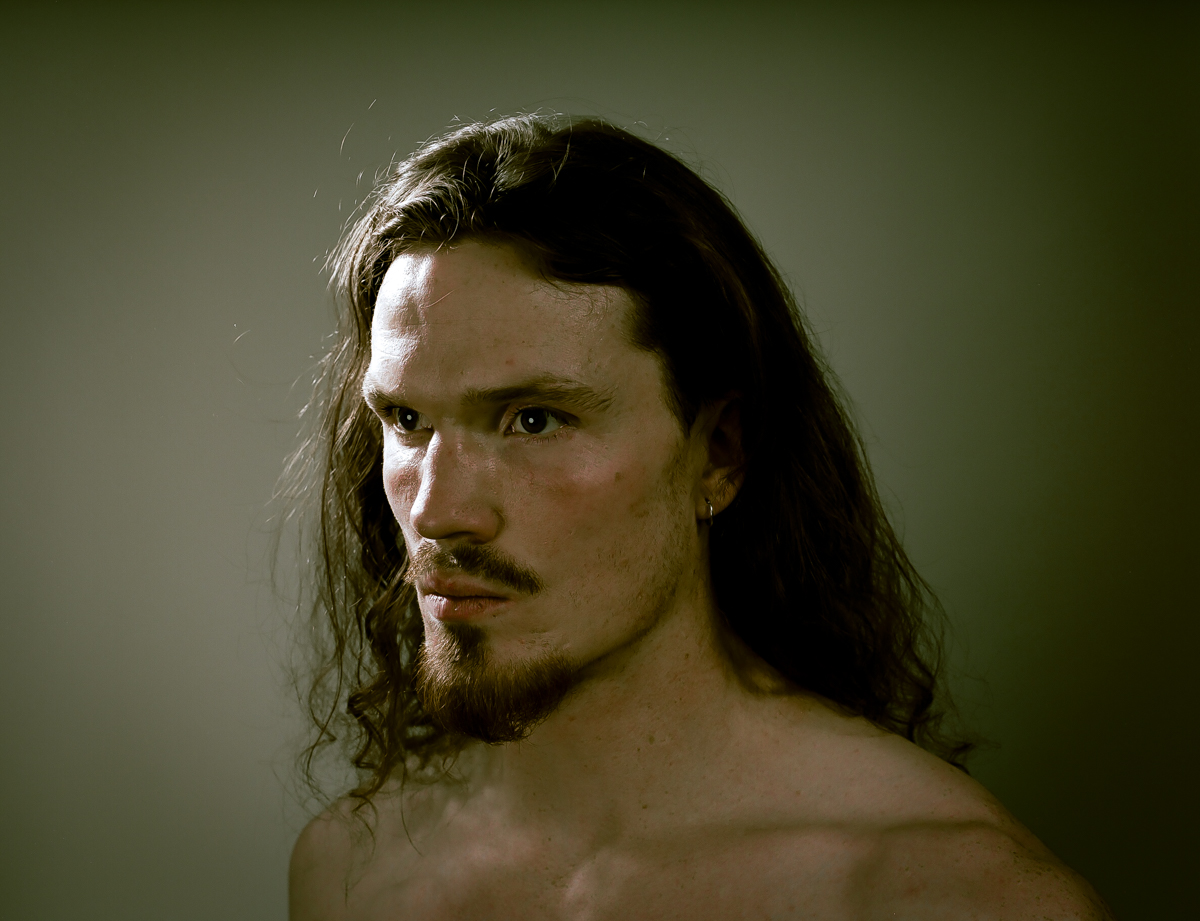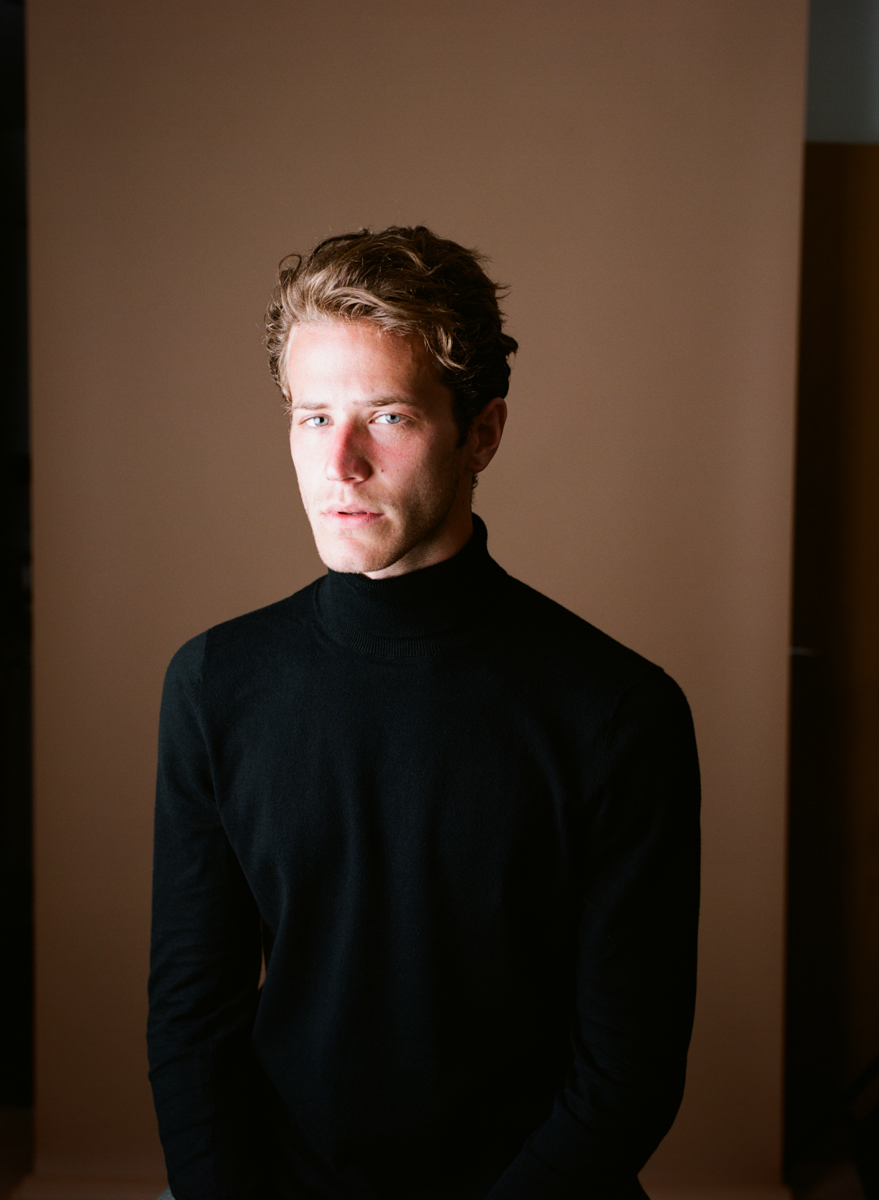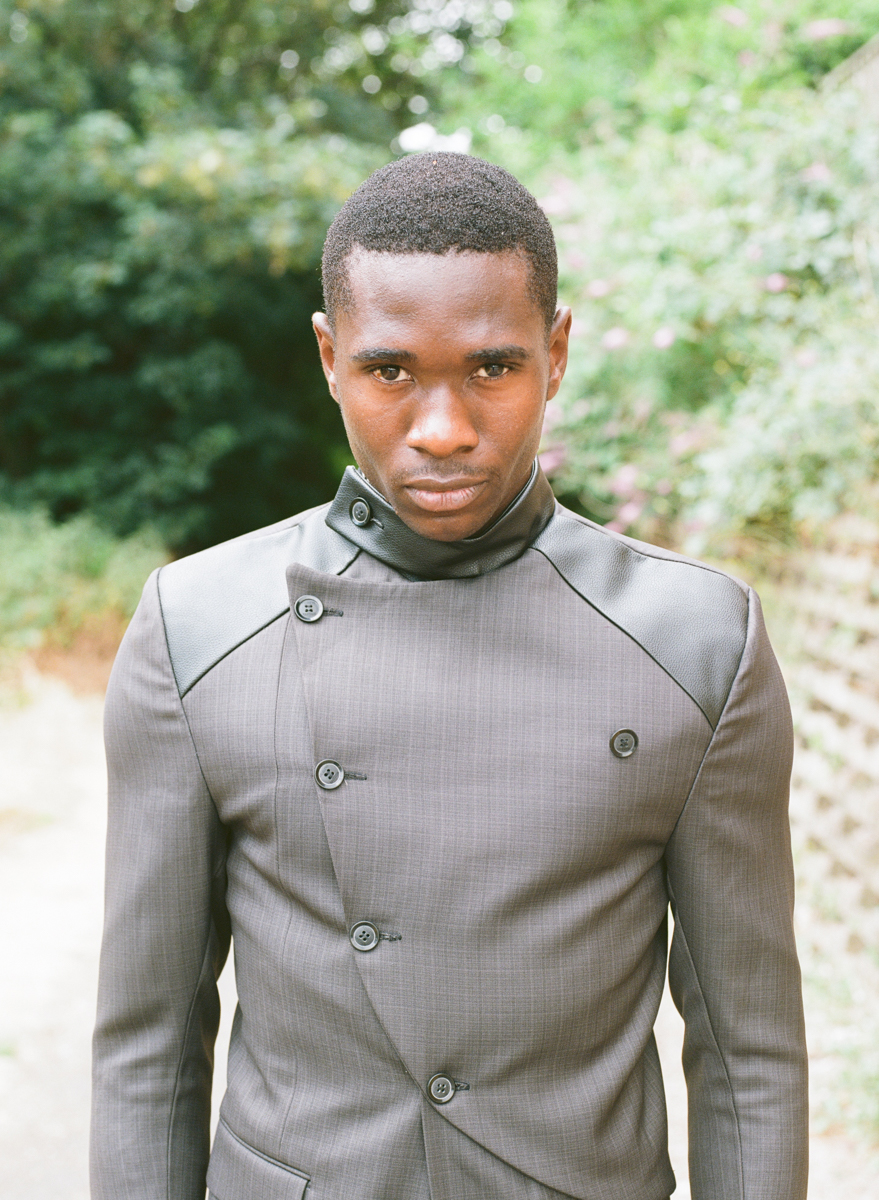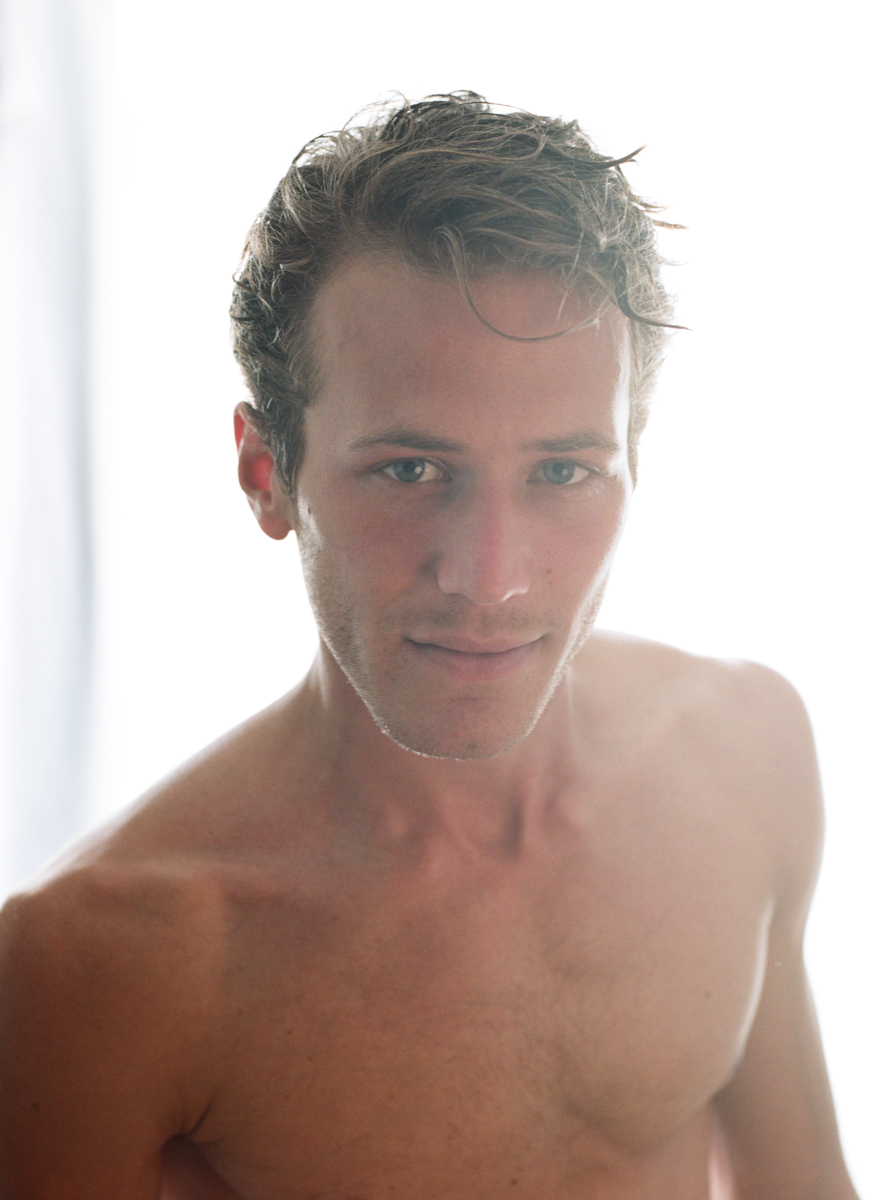This is the sixteenth post in my series of monthly posts where I speak with people in the creative industries and ask them questions about the things that "I Wish I Had Known" when I started out as a creative myself.
Being a big fan of Erin Bolens, you can imagine what an honour it was for me when she agreed to have a chat with me about what it is like being a contemporary poet, about her inspirations and about where in the UK can poetry enthusiasts and fans go to enjoy good poetry:
1. We met in 2017 during your beautiful performance at the Thames Festival's Boat Poets session at the The National Poetry Library and since then you can consider me a huge fan! Why do you think we need poetry?
That's so kind. I think my favourite part of doing this is meeting people along the way, so it's always great to come across those who are curious about poetry.
For me poetry is like a kaleidoscope - it's a small space with such a lot of detail in. Each read of a poem is a bit like shaking the kaleidoscope - you see a different pattern, a different colour and I love that. Poetry is a great shapeshifter and rises to lots of challenges so well. We turn to it both in times of sadness and celebration and I don't think that's ever going to change but I also love it when someone discovers poems that speak to their everyday life.
If it's something you relate to then it's a mirror that makes your perspective feel seen and if it's something you have never thought of then it's like seeing a new view or a door opening on a sight you weren't expecting. I love both.
2. How does one become a poet? Is it something that you study for or is it a talent that you are born with?
I think the habit and love of writing regularly is something some people develop very early on of their own accord and you can definitely create some brilliant poetry that way. You certainly don't have to study poetry in the formal sense to be a poet but listening to and reading a broad range of writing will definitely help to keep you experimenting and will fuel a useful curiosity about how words can be used.
3. What are the career opportunities for poets today?
I think this is a really exciting time for poetry. Perhaps it always feels like that when you are immersed in a particular world, but I do think there is an increasing number of spaces and platforms for readers and writers of poetry which is very exciting.
There isn't one thing that makes it possible for writing to be my job. I have worked with children since I was a teenager so doing that through poetry was a natural step for me and I really love it but it isn't for everyone. I do a mix of teaching, performing and writing commissions both for individuals, events or companies and organisations.
4. Do you remember a time before writing poetry?
Um not really. However, I don't think I would ever have called it poetry until much later on because for a long time I saw poetry as a very structured, quite old fashioned thing. For me, it was dictated by rules and it took a long time for me to discover how fluid and varied and expansive that label can be. That's not to say those structures can't be exciting but they're definitely not the only definition of poetry.
5. How has poetry changed your life?
Oh massively. It's always sort of been there because I've written for ages but I think discovering the world of performed poetry was pretty life-changing for me. I've always enjoyed stories and talking with other people and this combined the two for me.
I have a background in acting and at that time I found the autonomy of being able to write something true and perform it yourself really liberating. It became my favourite thing to do very quickly.
Aside from it being my work, just writing for myself is something that I get a lot of benefits from. It helps me to clarify my thoughts and feelings and is just a big source of calm and joy for me. Also frustration of course, but it's the positives that are always heavier.
6. Who inspires you?
This is a really tricky one and something I'm always adding to. For me, it's a big old melting pot that includes brilliant people from history to people I've met once at a bus stop who tell me something which changes my way of thinking or encourages me to do something.
I regularly work with The Poetry Takeaway which is a mobile space where Poets chat to people and turn those conversations into poems which are taken away and often treasured for a long time. It's a really beautiful thing and last year I wrote for a brilliant woman called Enid. She is one of the biggest poetry fans I have ever met and since then we have become friends. She has given me such incredibly kind and well thought out encouragement and advice. Recently, she told me not to deny myself any pleasure and not to over analyse poems.
For that and many other reasons, I would say she definitely inspires me.
7. When most people think about poetry, they think of the classics. But, like you, there are many contemporary poets out there that are equally as good as the classics, if not better. Do you have any contemporary poetry heroes or sheroes?
Yeah definitely. So many poets I admire and know are constantly reshaping my understanding of poetry and how it can be used.
Hollie McNish is a modern poetry Goddess and played a big part in me not feeling embarrassed to use rhyme if I wanted to.
Caleb Femi was the first Young People's Laureate for London and does incredible work with poetry in film.
Vanessa Kissule is doing brilliant things as the first City Poet for Bristol.
Toby Campion is one of my absolute favourite writers, performers and people and keeps everyone on their toes with how brilliant each new piece of work is.
Harry Baker is one of the most joyous poets and people ever. His love of playing around with words is so infectious and is always my go-to cynicism antidote.
8. Prose or verse? Or both?
Oh, both. Everything, all of it. Like with music, I think there are space and time for all ways of making and presenting any form or style of writing. I don't think it is possible for the existence of one to dilute another. You can have favourites of course, and for me, they change all the time, but I don't think anything is ever unworthy just because it doesn't speak to me today.
9. You contribute to shaping the young generation of poets through your workshops and your involvement in programmes like the Boat Poets residency. How can aspiring poets take part in these activities?
Projects like Boat Poets have been such a big part of my writing and life. They provide time, support and connections which expand your opportunities, help your confidence to grow and your work to develop and to be influenced by things other than your immediate thoughts and surroundings.
There are absolutely loads and I'll probably remember the best tomorrow but here are a few that I have taken part in or that I know have been a big part of the journeys of writers I know.
The Roundhouse in London. If you are under 26 you can enter their slam (usually takes place in early summer each year), apply for their poetry collective or to be a resident artist.
Apples and Snakes - they regularly put on brilliant workshops across and master classes for all ages and levels of experience across the UK. Their project 'The Writing Room' is another excellent collective based writing course.
SLAMbassadors - The Poetry Society's national youth poetry slam championships for 13-18-year-olds.
UNIslam - annual poetry slam bringing together teams from universities across the UK for a mixture of workshops and performances.
Barbican Young Poets - annual poetry course for young writers at the Barbican Centre in London.
10. Where can people find out about your schedule and performances?
I keep up most things on erinbolens.com
Thank you so much, Erin, it’s been a pleasure speaking with you and learning about what being a poet is all about. It is everything that I Wish I Had Known!
